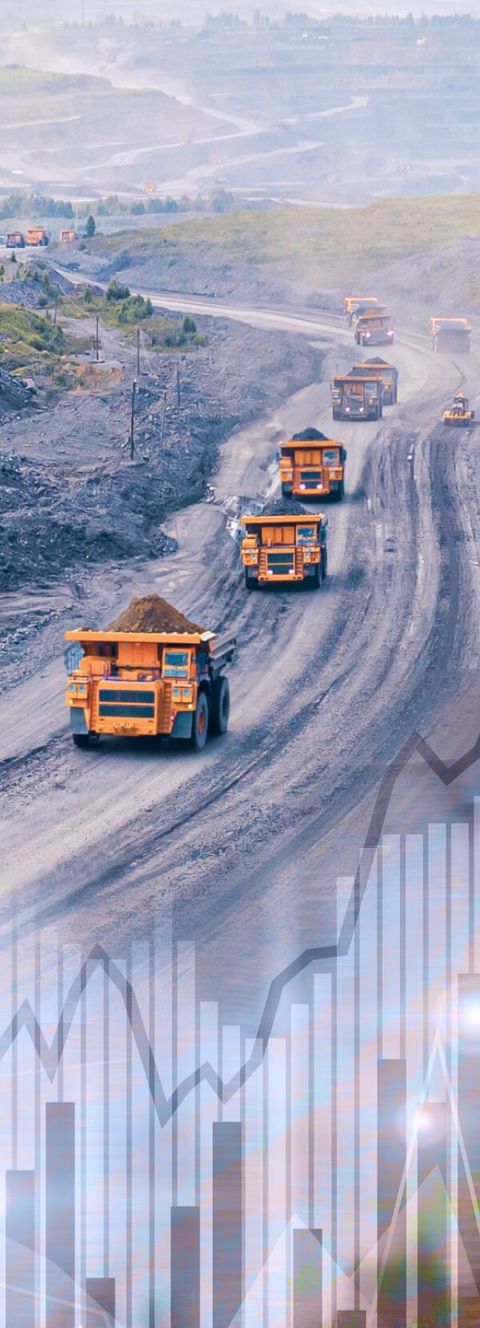Keeping Up With the Joneses: Rio Spends on Replacement Mines
The company has indicated it will spend US$2.2 billion on replacement mines in the coming years to maintain production in the Pilbara.

Not to be outdone by recent announcements from its rivals, Rio Tinto (ASX:RIO,NYSE:RIO,LSE:RIO) has announced plans to spend US$2.2 billion on mine replacement projects in the coming years.
The decision follows on from news that Fortescue Metals (ASX:FMG) and BHP Billiton (ASX:BHP,NYSE:BBL,LSE:BLT) will collectively be spending more than US$4 billion.
In a release on Monday (June 18), Rio said that between 2018 and 2020 it will be spending the US$2.2 billion on replacement mines and upgrades in the Pilbara, including the West Angeles, Robe Valley and Koodaideri developments, which will begin in 2019.
According to the accompanying presentation given in Perth, the Koodaideri project will underpin the company’s “Pilbara Blend” iron ore product, as well as its emphasis on low-cost operations and flexibility in capacity to shift with demand.
“Post-Koodaideri replacement options are expected to be lower capital intensity and will leverage off existing infrastructure,” said Rio.
Koodaideri has been in the cards for awhile now, and is a high priority for the company. In May 2017, Rio greenlit an additional US$30.9 million to complete a feasibility study for the mine, which is seen creating 1,600 construction jobs, and 600 operational staff openings in the Western Australian region.
While Koodaideri has not officially been given the go ahead and the feasibility study continues, Rio forecasts it will begin producing in 2019.
The project will soak up the majority of Rio’s spending on mine replacement, with the company stating in last year’s annual report that it was looking into a 40-million-tonne-per-year crushing and screening plant and a 170-kilometer rail link to the main line connecting assets to shipping terminals at Port Hedland.
According to Rio, Koodaideri has total ore reserves of 598 million tonnes grading 61.9 percent iron.
At the presentation on Monday, Rio Chief Executive Chris Salisbury said that another priority for the company is “removing our bottleneck in rail and increasing flexibility.”
Salisbury added that work on that front is progressing well, and by the end of next year mine, rail and port capacity will all be in sync with each other.
He also touted the company’s productivity initiatives for iron ore, with Rio aiming for another half a billion dollars in free cashflow per year by 2021 “as part of an annual group-wide target of US$1.5 billion.”
As mentioned, Rio’s competition has also been busy, with Fortescue Metals indicating it will go ahead with its US$1.275-billion Eliwana project, and BHP giving the okay to proceed with its US$2.9-billion South Flank project — both of which are replacement mines intended to maintain capacity.
The producing, developing and future mines all contribute to Australia’s role as the largest iron ore-producing country in the world, with the land down under playing a vital role in feeding insatiable Chinese demand.
Rio closed at AU$82.14 on the ASX on Tuesday (June 19), down 2.23 percent.
Image courtesy of Rio Tinto.
Don’t forget to follow us @INN_Resource for real-time updates!
Securities Disclosure: I, Scott Tibballs, hold no direct investment interest in any company mentioned in this article.
